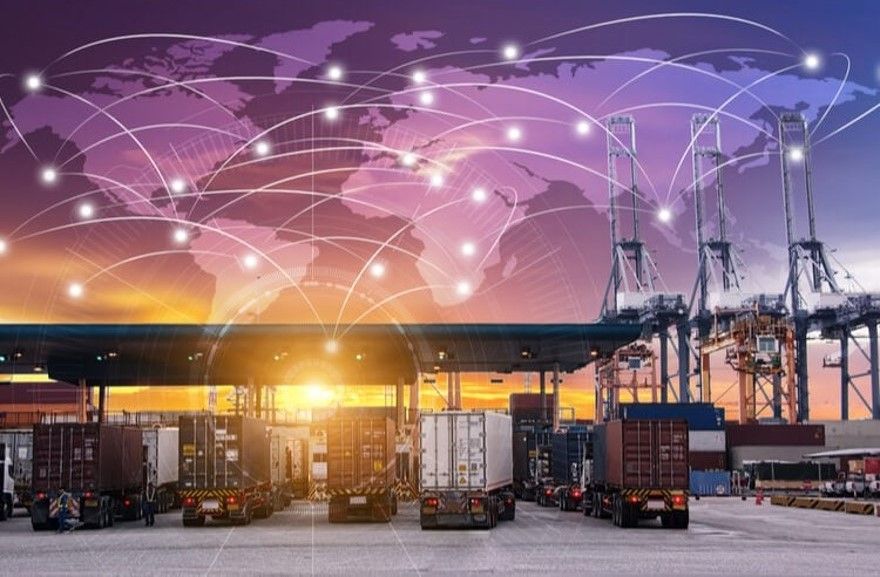We live in a highly interconnected world where importing and exporting goods is essential for many companies. However, with the increase in international trade, regulations, and compliance requirements have become more complex, making it challenging to navigate the customs clearance services. From documentation nightmares to complex tariff structures and unexpected inspections, the customs clearance process has now become a daunting undertaking.
Which are common customs clearance challenges?
- Complex documentation requirements. ...
- Tariffs and taxes. ...
- Compliance with regulations. ...
- Security concerns. ...
- Language barriers. ...
- Delays at the port of entry. ...
- Shipping container inspections. ...
- Prohibited or restricted items.
Armed with the right knowledge and strategies, traders can overcome these challenges and streamline their import and export activities.
Ensuring Compliance with Import Regulations
Before getting into the difficulties, it's critical to grasp the significance of customs clearing services. To successfully import or export products across international borders, traders must navigate the complex process of customs clearance, by making sure that all legal and regulatory requirements are met. This involves preparing and submitting required papers such as invoices, permits, and licences. Compliance with these regulations and legislation is critical in order to avoid potential pitfalls such as shipment delays, financial fines, or item seizure. As a result, merchants must have a thorough awareness of the import norms and regulations of each country with which they do business.
Documentation and Paperwork Nightmares
Customs clearance procedures demand a substantial quantity of documentation in order to confirm compliance with import/export laws and identify the appropriate duties and taxes. Invoices, bills of lading, and customs declarations are frequently included in this documentation, which is essential for tracking and verifying the movement of goods across international borders.
Additionally, a single mistake or missing document can lead to significant delays and potential penalties. To avoid this challenge, traders should establish efficient documentation management systems, utilise technology solutions, and consider partnering with customs brokers or freight forwarders who specialise in customs clearance.
Complex Tariffs and Duty Structures
Traders face a significant challenge in navigating the complex world of tariffs and duty structures. Each country has its unique regulations and requirements, including intricate tariff codes and duty rates that determine the amount of tax payable on imported goods. And so, to overcome this challenge, traders should dedicate time to researching and comprehending the tariff and duty structures of their target markets. Additionally, seeking the assistance of trade consultants or customs experts can provide valuable guidance in navigating these complexities.
To be continued….



